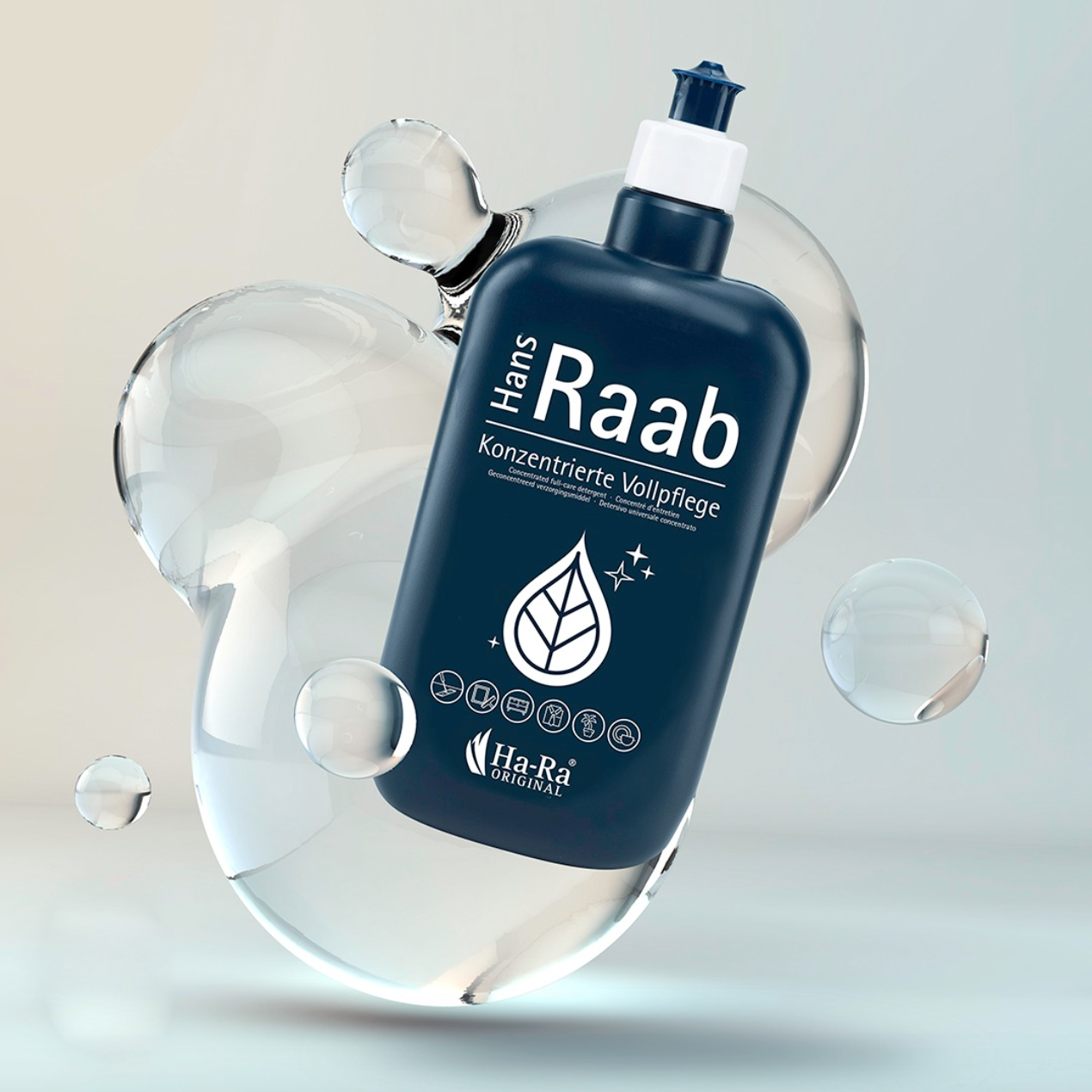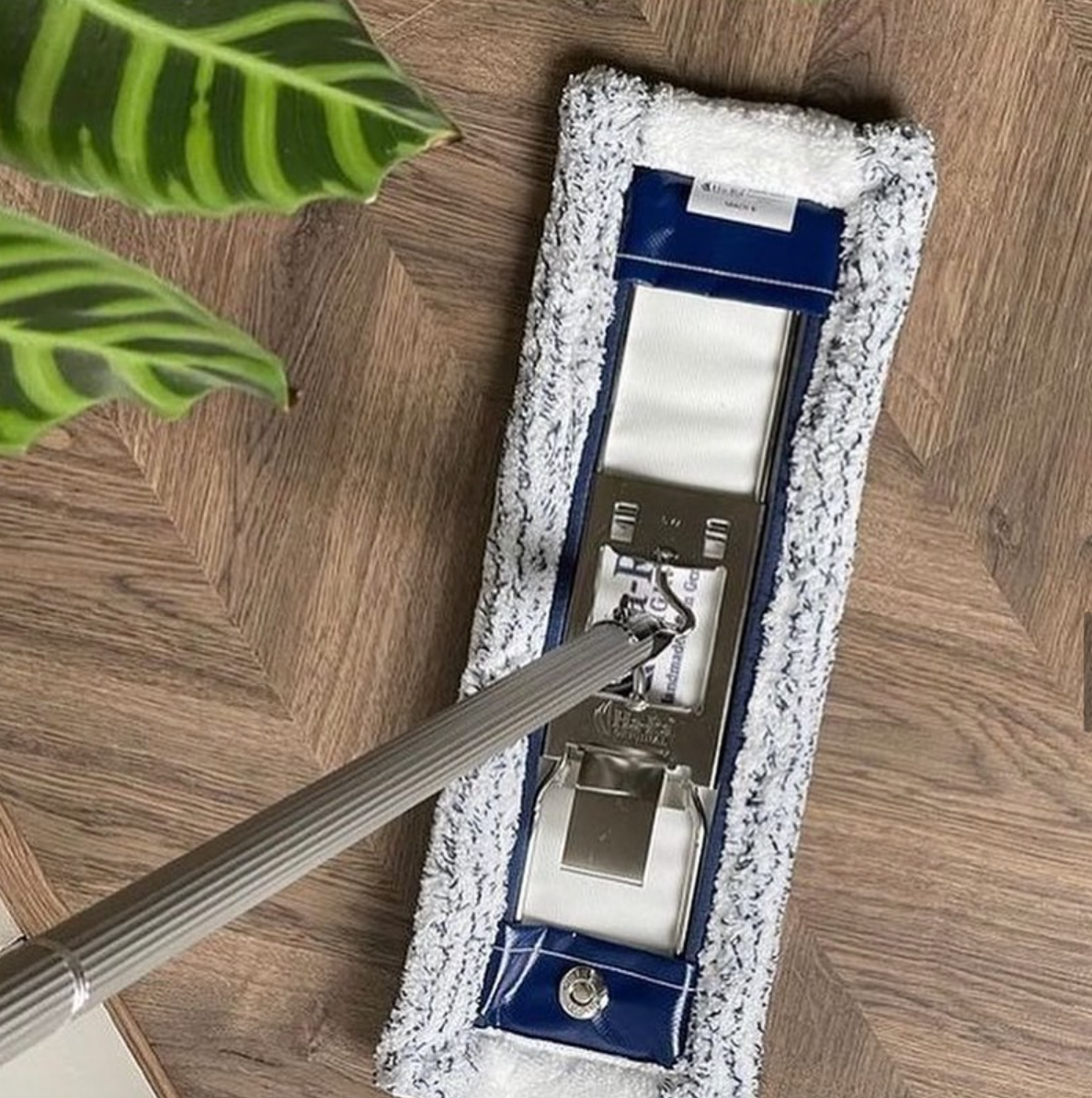Do you recall what hue the tile floor's grout was when you first moved in? If not, you should start using a grout cleaning brush. This brush aids in cleaning cement and elastic grouting of grime.
To get a thorough, long-lasting clean that leaves your floor sparkling, use the brush in conjunction with your favourite ph neutral cleaner.
- ROUGH BRISTLES: Lay down the toothbrush! On stone or masonry, soft, bendable bristles won't be very effective. To remove dirt, these stiff nylon bristles fit immediately inside joints. The front of the brush has angled bristles that can reach those tight spaces that broader brushes are unable to. Without having to worry about ripping or wearing out the bristles, scrub with any amount of power and in any direction.
- DESIGN: Your cleaning requirements have been considered in the design of every component of the brush. You can push down and dig at dirt and grime with the ergonomic handle without risking injury to your wrists or fingertips. Even in tight spaces and difficult-to-reach corners, the brush is simple to use for both right- and left-handed individuals. The ultra-lightweight, durable polypropylene brush won't deform or break when being vigorously scrubbed.
- DOMESTIC SCRUBBER Not only is the grout cleaning brush useful for cleaning surfaces. The heavy-duty scrub brush is also excellent for cleaning the elastic grout around bathtubs, back splashes, and basins, as well as the walls and floors of showers. Additionally, you can use the Fuginator outside of the home to clean your pool, scrub natural paving stones, and remove grime and debris from window and door tracks.
- QUICK TO CLEAN The good news is that your floor is now spotless, but the bad news is that your cleaner is now very filthy. You can wash the Fuginator in hot water without worrying about the bristles warping or becoming softer because it is made to resist lye and other potent acids and alkalis.
Grout Cleaning can be difficult. And in particular when it comes to maintaining their cleanliness or making them tidy in the first place. Both the bathroom's joints and the joints between the patio or indoor pavers fall under this category. The Ha-Ra cleaning guide contains the best advice and tools for completely cleaning tile joints, getting rid of mould, or getting patio joints free of weeds.
Which cleaning products are appropriate for cleaning joints and which are not?
The most annoying tile joints are those inside the restroom, which are always dirty despite frequent cleaning. Terrace joints that are dirty can be irritating as well. However, for both, there are effective ways to thoroughly sanitise the joint, as well as methods that you should avoid using.
Avoid using especially potent and aggressive cleaning products when cleaning tile joints (such as nail polish remover). Additionally, the cleaning agents used should not abrade the tile joints or the tiles themselves too much because this can result in partial abrasion and destruction of the joint surface, which then causes a substantial increase in the amount of dirt to be deposited and settle in the joint. Therefore always try to work with a ph neutral floor or tile cleaner.
Additionally considerably higher is the possibility of mould growing in the joints. For instance, scouring milk is completely inappropriate for scrubbing tile joints because it quickly makes most joints crumbly.
The method you use to clean joints will eventually determine the quality of the cleaning. Cleaning patio joints and concrete joints both fall under this category. Before cleaning tile joints, it is important to thoroughly inspect the joint to see if the material is already crumbling or if it is still in tact. What sort of grime has accumulated there? Can you see any mould?
The appropriate cleaner or natural remedy should then be chosen based on the amount of grime to be found. In most instances, a cleaner that dissolves grease and lime will be used to clean common soiling such as a ph neutral floor cleaner. Always try the cleaning approach in a small area and let it sit for a minimum of 10 to 15 minutes. After that, it is recommended to use a grout brush to scrub the tile joints. The brush is made to clean even small areas very effectively.
The handle's form and the bristles' shape are both ideal for quick, efficient, and long-lasting cleaning of joints. The force works directly on the joint material because of the ergonomic shape. You can feel how simple it is to remove the grime from the joints. Enjoy your work's immediate, observable outcome. And yes, grout cleansing can be enjoyable!
- Slim grout cleaning brush design that fits your palm
- ideal power transfer and fatigue-free design
- ideal for both right- and left-handers
- a brush handle with no sharp edges that is simple to locate and handle
- for floors and baseboards, there are bristles on the front edge as well
- DETAILS OF THE PRODUCT - MATERIAL
- Durable nylon makes up the brushes
- The grout cleaning brush is made in Germany
- Deformation-free (clean the brush hygienically with boiling water)
- Tolerant of acids and alkalis
- Sterilizable
We take special pride in the fact that the grout cleaning brush has been given legal protection in Germany and other EU nations. Southern Germany is where the grout cleaning brush is entirely manufactured, put together, packaged, and delivered. Made in Germany, this tool for cleaning joints is well-designed.
How to use the grout cleaning brush
Do you know what makes joints dirty? When surfaces are cleaned, grime becomes lodged in the joints. You can only get to the top and not the joint with a traditional brush.
The joint turns into a haven for dust, grime, and bacteria over time. Joint cleansing is simple with the patented grout cleaning brush. Every user can achieve instantly noticeable results in joint cleaning thanks to the straightforward application.
The best tool for cleaning joints is the grout cleaning brush in conjunction with a ph neutral detergent or the Blue Cleaning Paste. The bristles are arranged in a single row, allowing you to clean only the required areas, such as the mineral and permanently elastic joint. Because of the close proximity of the brush bundles, the joint is more stable and can transmit more power. Dirt has no chance at all!
Remember: Using the proper cleaning agent and exposing the surface for the appropriate amount of time determines cleaning success, not effort or the quantity of scrubbing motions!
The grout cleaning brush areas of application starts in corners, crannies, and slits—places where traditional brushes fall short.
Bathroom and toilet: Use the grout cleaning brush to clean the seals, fixtures, and sliding and glass doors in the shower and bathroom. The worth of joints made of minerals and permanently elastic remains. The most joints are most prevalent in the restroom. Joints connecting the fixtures to the sink. It makes no difference if the joints are constructed of mortar or silicone. With the grout cleaning brush, you can sanitise it.
Kitchen and home: Sinks, protruding stovetops, countertop joints, or refrigerator seals. All joints provide the perfect growing ground for bacteria, mould, and dirt. Now you can easily maintain the household's joints clean. The combined grout cleaning brush is reportedly used in other contexts, according to our users.
- automobile interior cleansing (dashboard, ventilation slots, door seals, upholstery)
- shoes (sole and joints)
- window gaskets (seals on doors and windows)
- Workshop (cleaning of production facilities or components during production)







